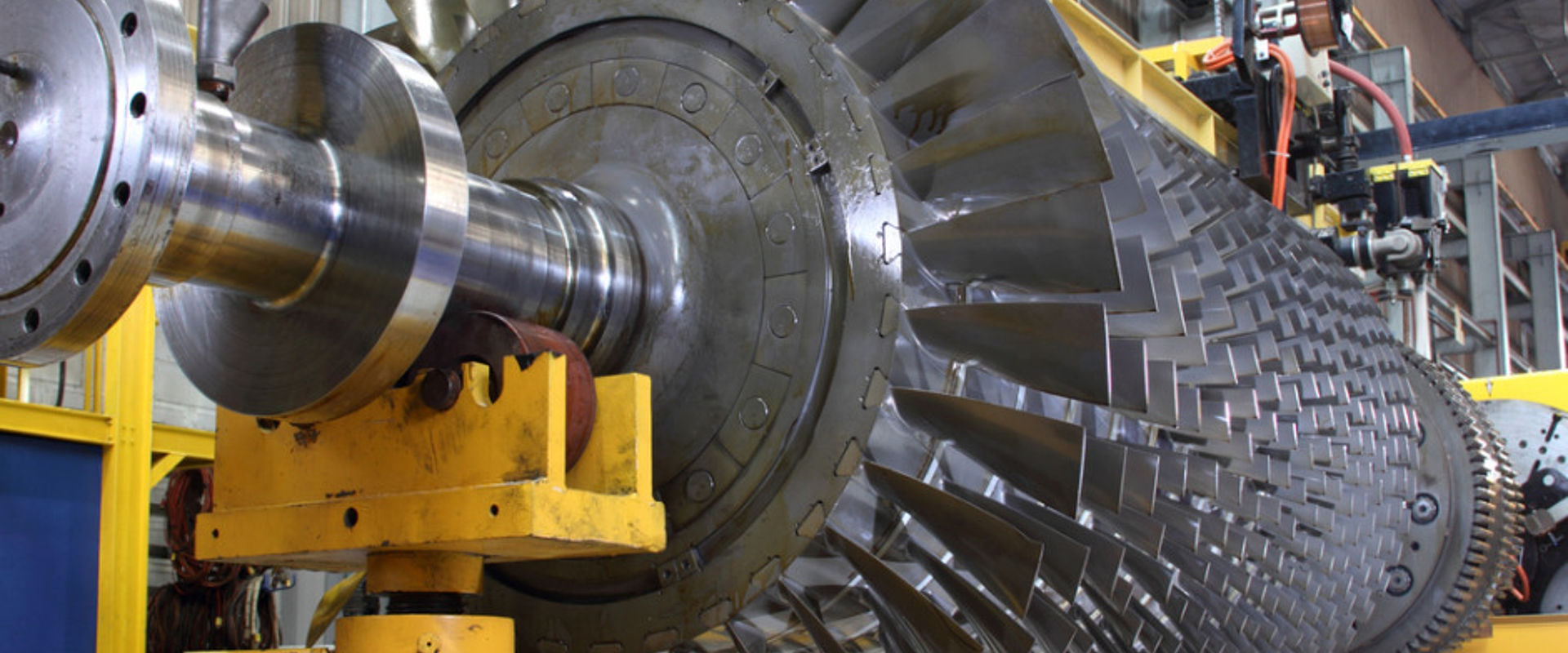
Increasing power turbine efficiency
Challenge
Natural gas power plants burn fuel to turn turbines, which generates electricity. The burning creates high temperatures and high speed particles which collide with turbine blades, eroding surfaces and reducing efficiency. Lost performance, forced outages and repairs caused by erosion costs the power industry around 200 million euro per annum.
To have confidence that new materials will deliver performance improvements, relies on testing being carried out under in service conditions. This involves bombarding the material’s surface with millions of particles at speeds of up to 300 m/s, in order to determine erosion rates. Few facilities can offer such testing, and those that do are limited in terms of the particle speeds and temperature conditions they can create. New test facilities for characterising a materials erosion resistance under in service conditions are needed to generate reliable data for predictive modelling, used to relate test results to in service component wear and turbine efficiency.
Solution
The EMRP project, Metrology to enable high temperature erosion testing, investigated testing parameters such as particle speeds and material removal rates, and developed new instrumentation and models to improve predictions of how materials will perform in service. The modelling approach is now being patented prior to commercialisation.
An imaging system that uses LED illumination and a CCD camera, developed in the project to determine particle size and speed, enables test facilities to confirm that in service conditions are being reliably matched during testing. This has been incorporated into a new testing facility, commissioned during the project, bringing the number available in Europe to three out of the seven worldwide.
Impact
PyroOptic, a small university spin-out company specialising in precise imaging measurements, has validated its LED technology for measuring particle speeds, as a result of engagement with the project team. Their system uses a LED light source with pulses down to 23 ns to provide an illumination and also to trigger a particle imaging camera that takes two images in rapid succession. The information collected is transmitted for processing in milliseconds and the system resets in readiness for the next image. The new PyroOptic imaging has been refined to ensure it meets safety standards, and an easy to use software package has been introduced to manipulate the data collected.
This new imaging system has created interest for use in a range of applications where measuring particle or fluid droplet behaviour in motion is important. Other potential applications include power plant gas discharge cleaning systems or flowing liquids in bio- and life- science research.
Introducing new measurement methods suitable for use in harsh environments and improving the knowledge of how materials perform under these conditions will help provide the basis for greater power plant efficiency and improved environmental monitoring. The project’s contribution to improving the reliability of material’s research will enable manufacturers supplying power plant infrastructure, such as turbines, to have greater confidence in the long term performance of components. Improving turbine power output and reducing sudden blade failures has the potential to increase gas power plant efficiency by 10 %. This equates to an extra 800MW for the same fuel burn and potential savings of 250,000 tonnes in CO2 emissions per individual plant.
- Category
- EMRP,
- Industry,
